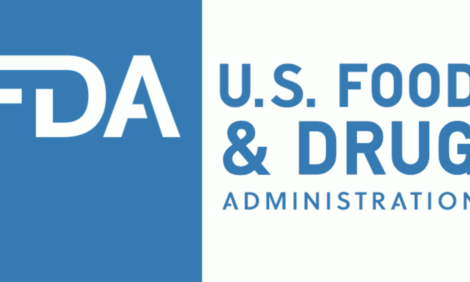



International Egg and Poultry Review
By the USDA's Agricultural Marketing Service - This is a weekly report looking at international developments concerning the poultry industry, this week looking at the effects of Avian Influenza on Thai poultry exports.
Cote d’Ivoire Increases Poultry Import Tariff
In its 2005 fiscal policy, the Government of Cote d’Ivoire, in Western
Africa, increased the Compensatory tax on poultry meat imports from
300 F CFA (Communaute Financiere Africaine franc) to 1,000 F CFA per
kilogram. The exchange range for F CFA is about 519.70 per US dollar.
The responsible authority for the Communaute Financiere Africaine
franc is the Central Brank of the West African States.
This increase is meant to protect domestic production from imported
poultry products. The Compensatory tax was established in 1990 and
was originally intended to raise funds to develop domestic production.
Other poultry import tariffs such as the Customs duty at 20 percent,
and the Statistical tax and Solidarity tax at 1 percent each, remain
unchanged.
The tax increase is expected to be reflected in the domestic market
price of poultry as there is no accompanying price mitigation policy.
Post sees the government action as a budgetary support measure,
rather than as an effort to help expand domestic production.
Source: USDA/FAS, United Nations Food and Agriculture Organization
Effects of Avian Influenza on Thai Poultry Exports
The last outbreak of avian influenza in Thailand was on April 12, 2005
and on May 4 Thailand declared it was free of the disease. Highly
Pathogenic Avian Influenza (HPAI) was first reported to the OIE on
January 23, 2004. Total chicken output is expected to reach 940,000
metric tons in 2005, compared to 900,000 metric tons in 2004.
Chicken exports are expected to reach 300,000 metric tons in 2005,
due to the easing of the HPAI outbreak. In 2003, the year before the
outbreak, Thailand exported 624,000 metric tons. Most poultry exports
have shifted from raw product to cooked products, since raw poultry
meat is banned in major export markets such as Japan and Europe.

In 2004, exports of frozen chicken cuts and offal (0207140) fell 93 percent
and frozen duck exports (0207330 and 0207360) dropped 97 percent
compared to 2003. Exports of prepared poultry (1602320) rose 37
percent. For the first three months of the 2005, exports of prepared
poultry almost doubled compared to 2004 and were 141 percent higher
than in 2003.

Raw Thai poultry exports, by value, were 63 percent of exports in 2003,
compared to 8 percent in 2004. For the period January - March, raw
exports fell from 59 percent in 2003 to 36 percent in 2004 and less than
1 percent in 2005.
Source: United Nations Food and Agriculture Organization, Thai
Customs, news wires
To view the full report, including tables please click here
Source: USDA's Agricultural Marketing Service - 17th May 2005








